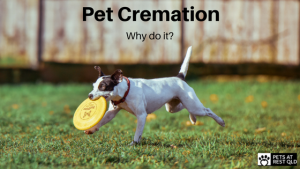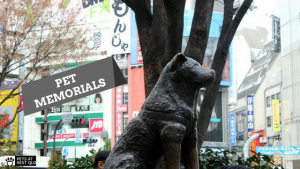Pet cremation is a practice that’s gained momentum slowly but surely. There’s a variety of ways people choose to bury their pet and traditional burials are getting passed over in favour of cremation.
Closure
Any death is traumatic, especially when ties are close. Losing an animal companion is like losing a limb or missing your shadow; it’s always been there until it’s not. Going through the process of saying farewell to your companion should bring closure, not more pain. Pet cremation services are like funeral homes; their aim is to treat their charges with dignity and bring closure to loved ones.
Health and welfare reasons
Owners who don’t cremate will bury their pets in a spot that brings fond memories; under a tree or in the garden, for example. This does, though, bring certain risks if the grave isn’t deep enough. Any number of things can happen; the smell (in turn, bacteria), fines from council for unapproved burial and animal scavenging. These aren’t pleasant to think of but sadly it’s the reality that comes with pets passing away.
There’s also the issue of what happens when you move. Losing and burying your pet was trauma enough; having to dig up the remains to take with you adds to it. Animal graves left from previous owners are terrible surprises.
A last goodbye
Pet cremations are a dignified way to say goodbye, the same as people would with a human who’s passed. When you get the ashes back, you can do with them as you like for your own private “ceremony”. This includes interment, taking the ashes when you move or even scattering them.
Pet cremations are on the rise as they guarantee a way that brings closure to owners. It’s a more conscious choice rather than an instinctive one. It’s unpleasant to consider, but cremation gives you a way to say goodbye on your terms.



